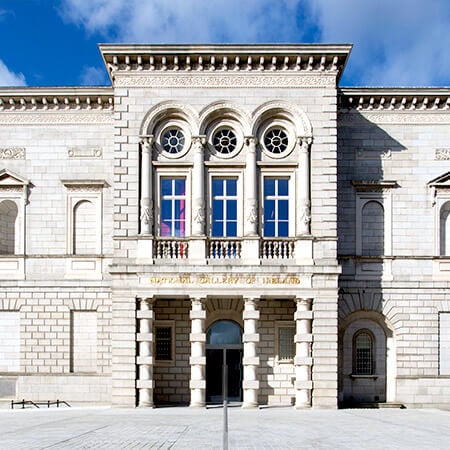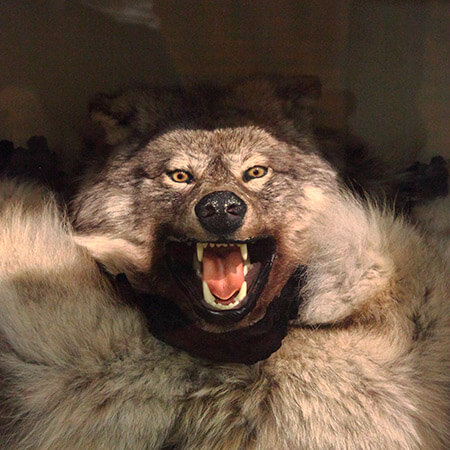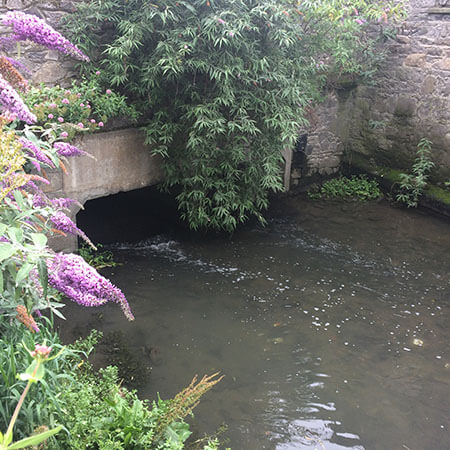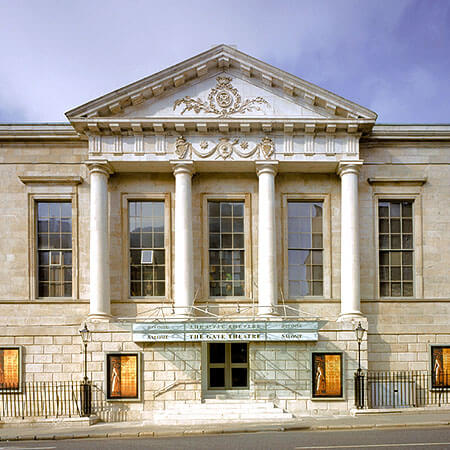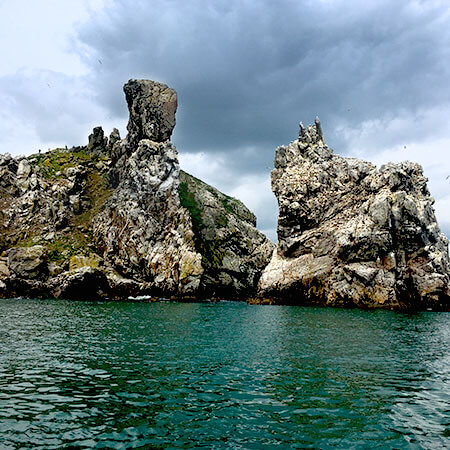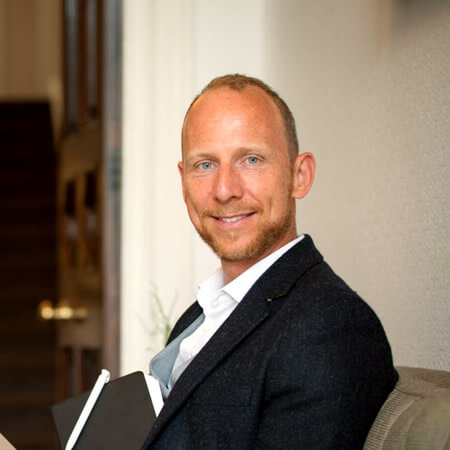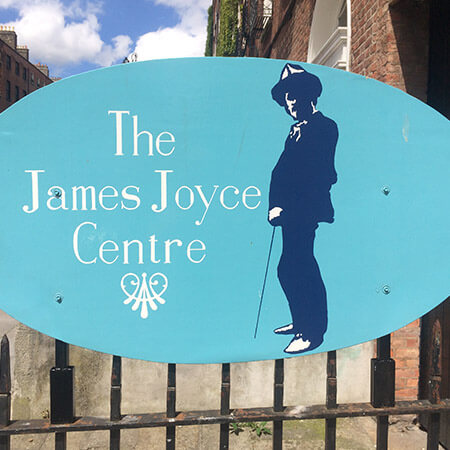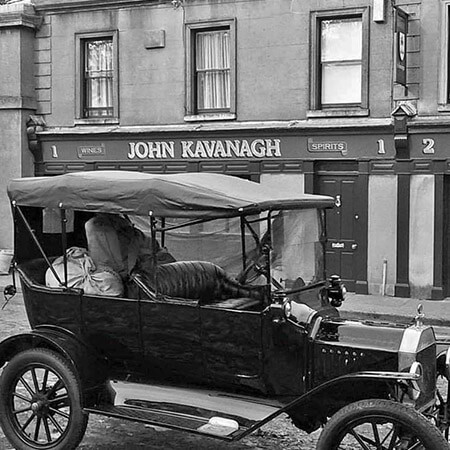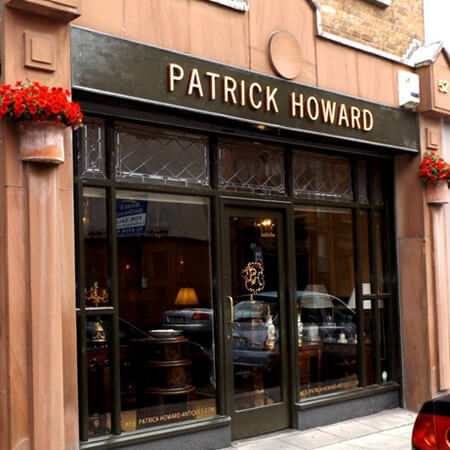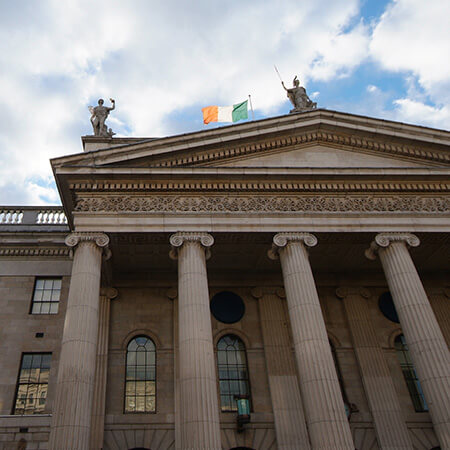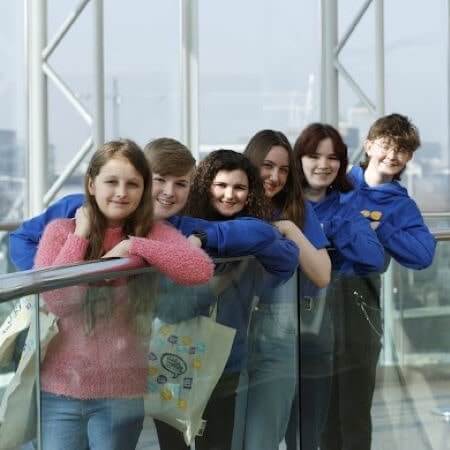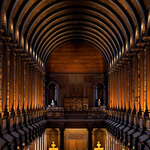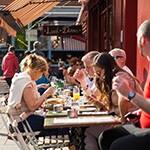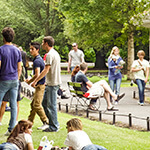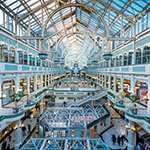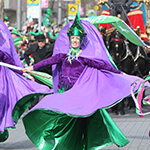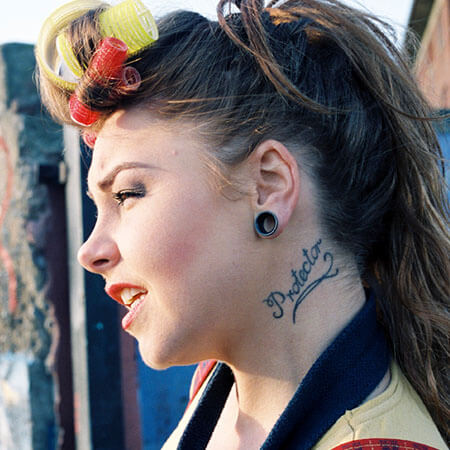
live
A City of Words: Temper-Mental MissElayneous
The popularity of spoken word is on the rise in Dublin and one of the stars of the scene is Elayne Harrington, AKA Temper-Mental MissElayneous. She’s a rapper and slam poet from Finglas and a standout female performer on a male-dominated scene. Dublin.ie first saw Elayne perform at a women’s storytelling night in Temple Bar’s Project Arts Centre. With her trademark hairdo of curlers in her fringe, the bold red lips and her warrior stance, she was defiant and gutsy. She set her words to the beat of h
